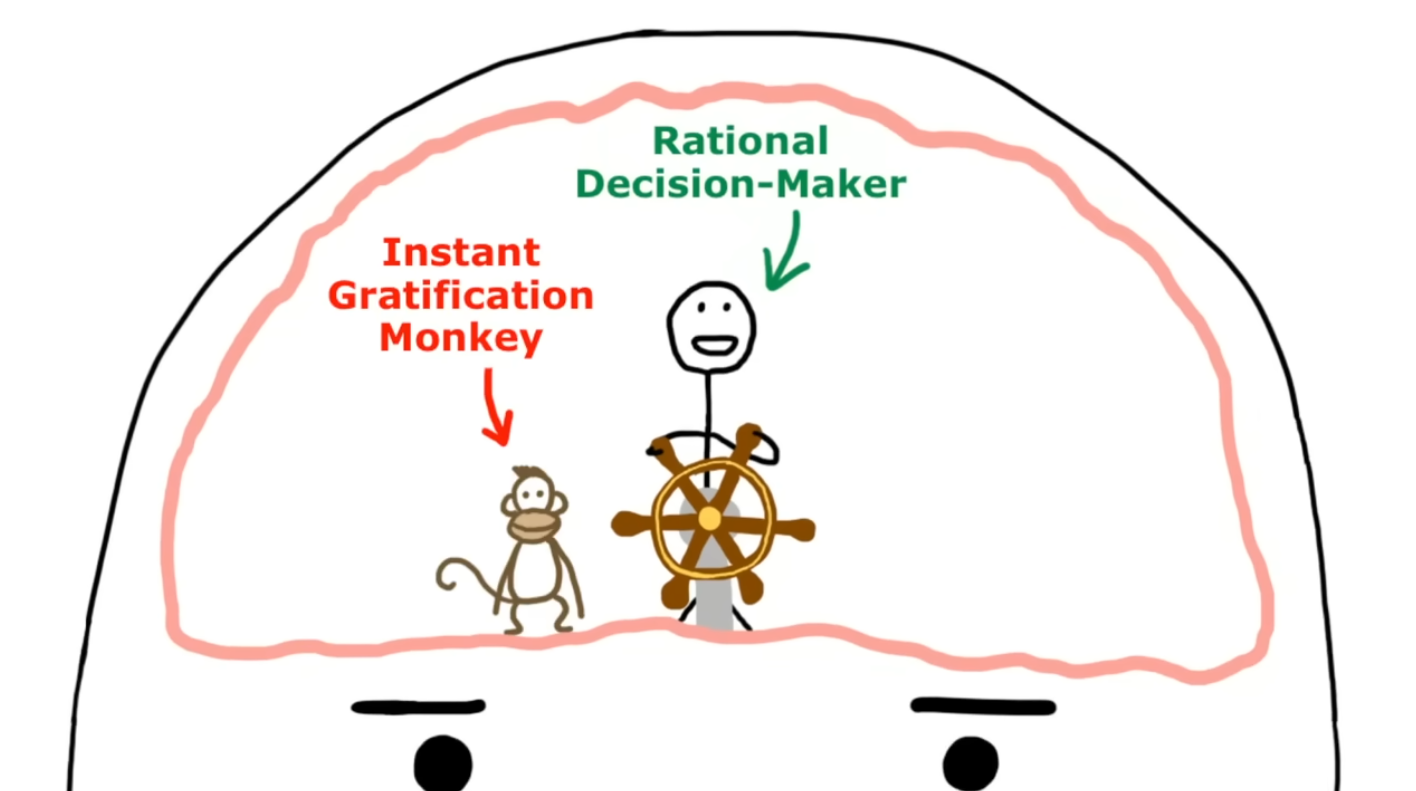Assignment:
In this assignment, we had to choose a speech that we found online and analyze the strengths and weaknesses of the speech. We analyzed the pacing of the presentation, audience engagement and the strength of the points presented. We analyzed the speaker’s enthusiasm, use of humour to engage the audience and ability to relate to the audience. Engagement also included the use of visuals, pacing (how much time is spent on each point) and ability to seamlessly transition from point to point.
TED talk by Tim Urban about procrastination that I referenced: https://www.youtube.com/watch?v=arj7oStGLkU
Individual Assignment Reflection:
Tim is also very effective at using these visual models to relate to the audience’s own experiences. Tim refers to a ‘guardian angel’ which helps procrastinators during their most difficult moments. The audience may expect this angel to be a calming force but Tim subverts their expectations and refers to this ‘guardian angel’ as the ‘panic monster’. The panic monster is an allegory for a habit of procrastinators which is leaving work at the last minute and then suddenly becoming ultra productive when the due date arrives. This gets a lot of laughs from the audience suggesting it is a universal experience. This highlights Tims ability to discuss a subject that is frustrating while lightening the mood through humour. However, near the end of the presentation, Tim shifts to a more serious tone and highlights how detrimental procrastination can be. Overall, I would recommend this presentation to anyone that needs to decompartmentalize how procrastination is actually affecting their day to day lives. The simplistic visual models make it much easier to understand the mechanisms within my brain that influence my decisions. In addition the masterful use of humour, tone and effective pacing is something that I can apply to my own presentations.
For me, the most memorable example of Tim utilizing visual models is the ‘Instant Gratification Monkey’ and ‘Rational Decision-Maker’ which are shown as two conflicting forces within a procrastinator’s brain:
 Source: https://www.youtube.com/watch?v=arj7oStGLkU
Source: https://www.youtube.com/watch?v=arj7oStGLkU
Development:
Specific: Improve my presentation skills by utilizing the methods shown in the TED talk. This included utilising simplistic visuals for more esoteric subject areas. It also requires using humour and being charismatic to engage the audience while also being serious when the situation calls for it. It also requires proper pacing and seamlessly transitioning from point to point so that the presentation is more coherent. Lastly, it requires identifying my audience and relating to them.
Measurable: The degree to which the audience is engaged and following along with my presentation is the primary factor to gauge success which can be indicated by the audience laughing for example. It’s also measured by how much I enjoy presenting and how I compose myself. For example, if I am extremely monotone, speaking too fast or being outwardly anxious then that energy will reflect onto the audience.
Attainable: Effectively presenting comes from preparation and experience. The first few presentations may not go smoothly but as I present more, it gives me more opportunities to hone my skills.
Relevance: Presentation skills are relevant in many fields particularly business. This is shown for example in the case of elevator pitches where a presenter has a short presentation time to present an idea and validate it. This requires having good pacing, engaging with visuals and being confident.
Time-bound: The amount of time preparing determines the size and scope of the presentation. In the case of conferences, sometimes presenters are given a few hours to prepare for a pitch and have to present whatever they have once the time is up. While presenting, it’s important to allocate enough time to each point since many presentations have time limits which is why it’s important to have good pacing.